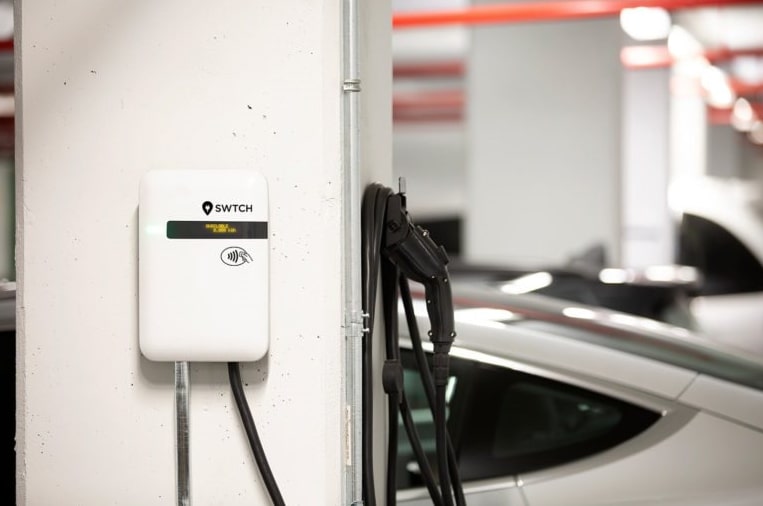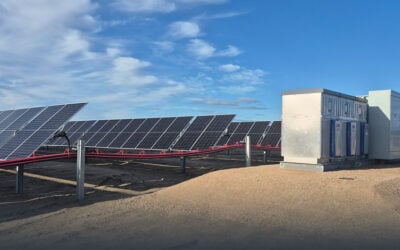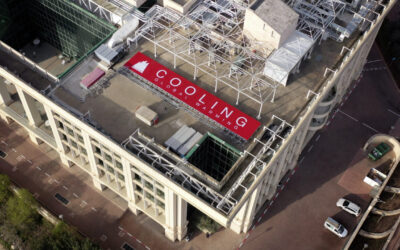
California utility PG&E has invited residential and commercial customers to enrol onto three vehicle-to-everything (V2X) programmes using EV batteries for a range of use cases.
The programmes will offer customers financial incentives for integrating their bidirectional EV charging technology that will allow them to use their vehicle batteries to provide power to the grid (vehicle-to-grid or V2G) and to their homes or businesses.
The utility is seeking to enrol around 1,000 residential consumers, 200 commercial consumers and 200 microgrid-connected consumers in three respective pilot programmes. It has launched pre-enrolment websites with full enrolment occurring next year.
The pilots will include both the ability to use the EV battery as backup power source as well as provide stored energy to the grid in times of high demand. Participants will be paid an upfront bonus of up to US$2,500-3,000 for the residential and commercial pilots, and up to another US$2,175 or US$3,625 for providing energy to the grid for each programme, respectively.
Try Premium for just $1
- Full premium access for the first month at only $1
- Converts to an annual rate after 30 days unless cancelled
- Cancel anytime during the trial period
Premium Benefits
- Expert industry analysis and interviews
- Digital access to PV Tech Power journal
- Exclusive event discounts
Or get the full Premium subscription right away
Or continue reading this article for free
Microgrid programme participants will be reimbursed up to US$3,750 for providing energy to the grid, and can further stack incentives with the residential or commercial programmes. The microgrids will be located in select high wildfire-risk areas.
“Bidirectional EV charging is a game-changer for both the energy and transportation sectors. These pilot programs will help determine how to maximize the cost-effectiveness of bidirectional charging technology in providing a variety of customer and grid benefits,” said Aaron August, PG&E’s Vice President, Utility Partnerships and Innovation.
The utility aims to have up to three million EVs on the roads in its service area by 2030 with two million of them V2X/V2G-enabled. Based on an average EV battery size of 40kWh (a figure which is constantly growing), that would equate to 80GWh of flexible capacity. The programmes being launched by PG&E are in addition to previous V2X/V2G pilots it has announced.
A longtime leader in energy storage, California is also becoming a hotbed of experimentation in using EVs to support the grid.
In October, a trio of projects were announced in the state in the space of week. Then at the end of the month, PG&E established the US’ first V2G export compensation mechanism for commercial EV charging customers in its service area, to promote EV adoption and encourage the use of V2G.
However, many industry observers are sceptical of how far V2X or V2G can be used in the consumer EV space. One big challenge is relying on users to ensure EVs are plugged in when a discharge is needed while another is ensuring remuneration makes the additional cost of infrastructure economical for the end-user.
Energy-Storage.news’ publisher Solar Media will host the 5th Energy Storage Summit USA, 28-29 March 2023 in Austin, Texas. Featuring a packed programme of panels, presentations and fireside chats from industry leaders focusing on accelerating the market for energy storage across the country. For more information, go to the website.





